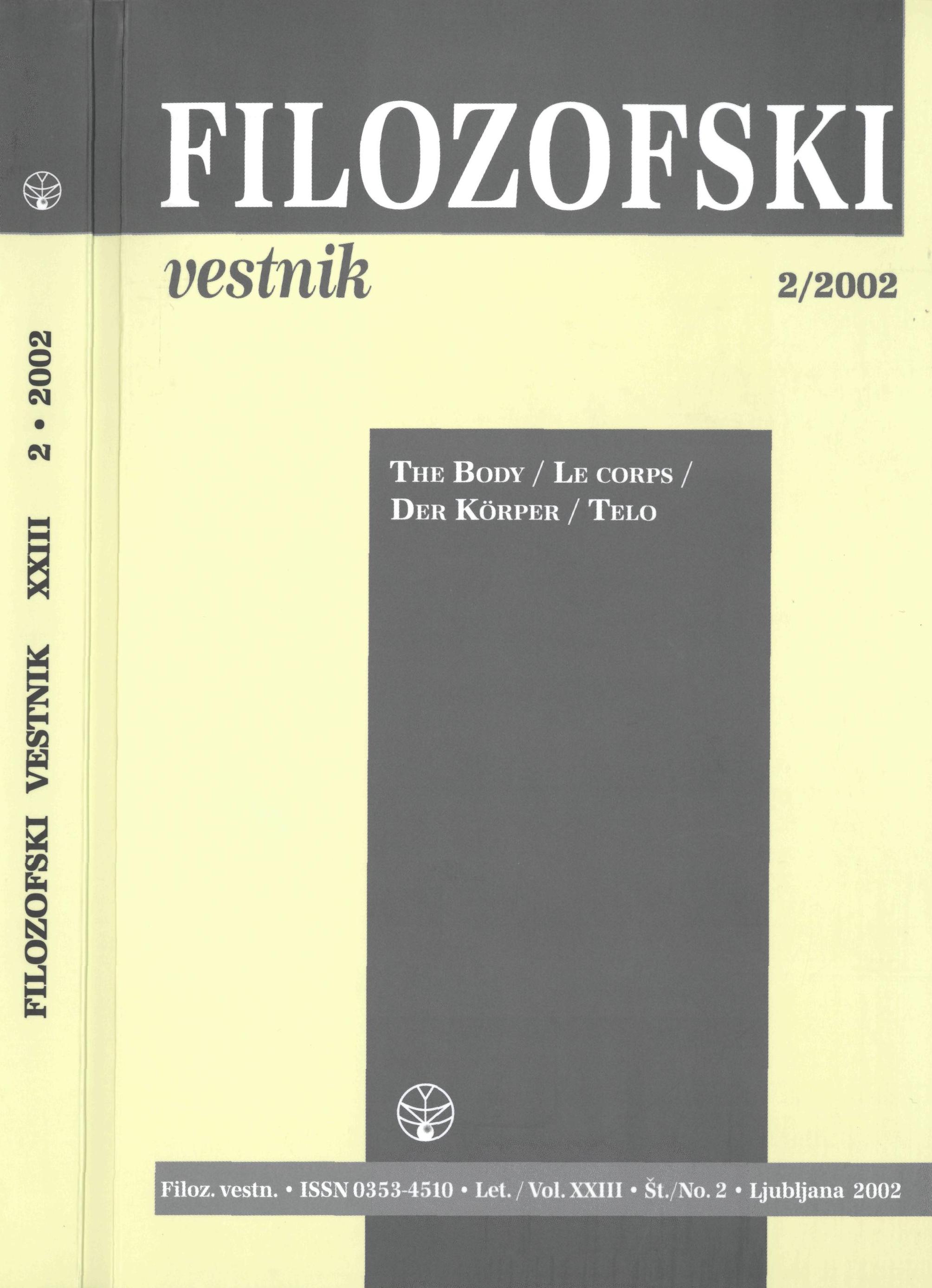Bodies, Power and Difference: Representations of the East-West Divide in the Comparative Study of Indian Aesthetics
Keywords:
post-colonialism, naturalism, cultural differenceAbstract
The paper attempts to raise certain methodological issues concerning the study of Indian aesthetics. It seeks to draw attention to the need for conceptual rigour in the usage of related terms derived from western aesthetics through a critique of the comparative method in the study of Indian aesthetics. In particular, this method, predicated upon a certain binarism (east/west, culture/nature, practice/theory), offers a disciplinary coherence to comparative aesthetics even as it renders it open to criticism. Body as a central trope gets caught up in the polemics concerning the representation of Indian art and philosophy, either as a marker of difference or sameness, in relation to western art and philosophy. It underlines the importance of contextualizing aesthetics in its emergence as a discipline within a specific intellectual history of the West and of understanding the circumstances of its entry into the non-West under the aegis of colonialism.Downloads
Download data is not yet available.
Downloads
Published
2016-01-10
How to Cite
Dave-Mukherji, P. (2016). Bodies, Power and Difference: Representations of the East-West Divide in the Comparative Study of Indian Aesthetics. Filozofski Vestnik, 23(2). Retrieved from https://ojs.zrc-sazu.si/filozofski-vestnik/article/view/3511
Issue
Section
Articles
License
Authors guarantee that the work is their own original creation and does not infringe any statutory or common-law copyright or any proprietary right of any third party. In case of claims by third parties, authors commit their self to defend the interests of the publisher, and shall cover any potential costs.
More in: Submission chapter





